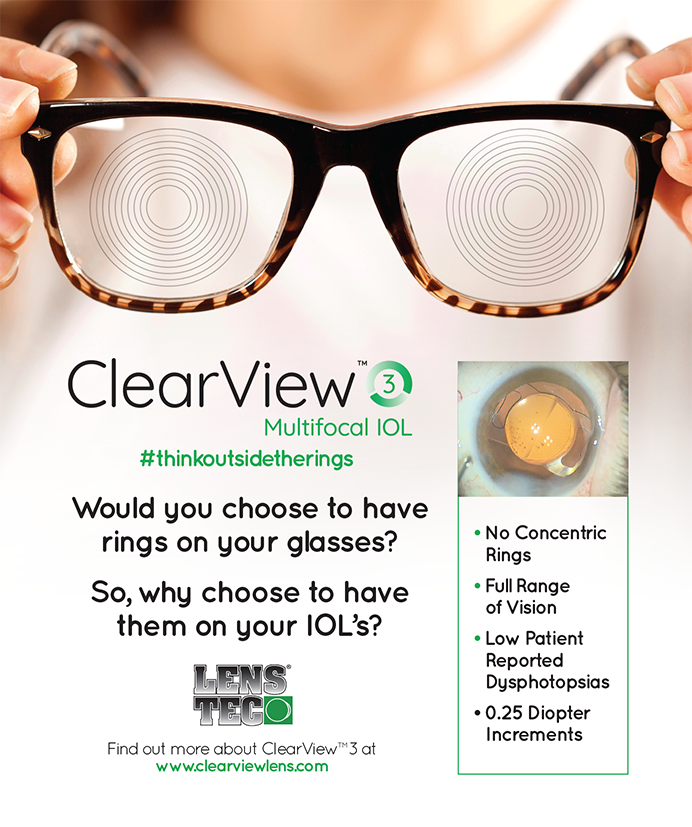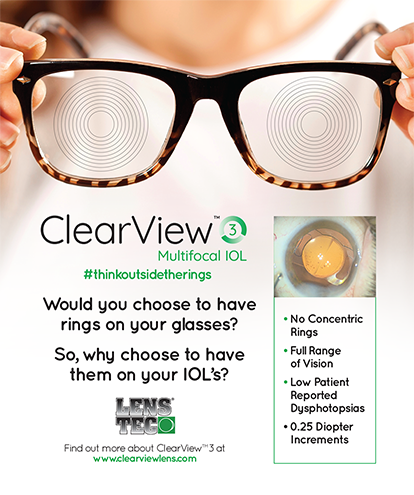
Put on your flannel shirt, kick off your Skechers, prepare your Appletini, and get ready to watch Seinfeld. Corporate entities are buying ophthalmology practices again.
Hospital systems recently became frequent purchasers of medical practices, particularly in specialties with a significant in-patient presence. Ophthalmology has generally not been a part of this trend because of our outpatient emphasis. Simply put, we are not on the radar of hospital systems. The 1990s, however, saw the brief but active proliferation of so-called physician practice management companies (PPMCs) in our field.
The basic idea behind PPMCs was that practices would be purchased (or effectively purchased through 30-year management agreements) and that centralized administration would promote regional efficiencies, consolidation, and access to capital for growth. Selling doctors would receive cash or, more commonly, stock, the value of which seemed to rise every day. Many doctors were attracted to the prospect of exchanging future ordinary income for a large capital gain now that would be taxed at a much lower rate. Other doctors simply liked the concept of outsourcing the management of their practice to others. The mid-90s prospect of possible “Hillary-care” health care reforms stoked physicians’ desire to seek the shelter in numbers that ophthalmology PPMCs seemed to offer.
The PPMC industry was undoubtedly bolstered by the tremendous escalation in the equity markets in the 1990s. During that decade, the S&P 500 index tripled in value. PPMCs were one variety of “roll-up” stock plays in everything from the plumbing contractor industry to funeral homes: multiple closely held businesses across the country were consolidated and taken public at very high multiples of earnings. This all worked perfectly, as long as the stock market continued to go up. A rising stock price allowed additional acquisitions, which created more earnings that boosted the stock price. This, in turn, led to more acquisitions.
Some doctors got some value for their practices, but most ophthalmology PPMC deals did not work out well. As these deals soured, many physicians found themselves mired in litigation upon realizing that they had sold their practices for nearly worthless stock. The long, painful process of unwinding these arrangements was a huge mess that seriously hurt many practices and people.
Why did these 1990s PPMCs generally fail? In addition to the various structural problems associated with sustaining the growth of a roll-up, the local politics of medical practices did not mesh with the centralized PPMC model. In many markets, fierce rivals were suddenly reluctant partners in alliances created by MBAs in far-away states. Some PPMCs learned the painful lesson that the success of many practices relied heavily on one to three key physicians. When those doctors lost interest or left, the practice floundered. In other cases, PPMCs seemed to offer very little in terms of actual practice management but seemed to be interested primarily in making more acquisitions.
Corporate-run medical practices are by no means intrinsically bad. The LASIK industry has seen several iterations of this concept with varying degrees of success, and many other specialties currently have profitable corporate chains. I believe conditions are ripe for a significant round of ophthalmology practice acquisitions. The Patient Protection and Affordable Care Act, electronic health records, and the increasing regulatory burdens of practice are squeezing physicians to the breaking point. Although no one can predict the future of the equity markets or real estate, a huge amount of investment capital is sitting on the sidelines. Closely held businesses like medical practices are thus an attractive target once again. Things may be different this time, but before selling one of your most valuable assets, it might be worth talking to a few “greybeards” who remember the 90s.
Steven J. Dell, MD
Chief Medical Editor


